
Have you ever felt like something is so majestic that it leaves you speechless? If your response is no, or if you want to have that feeling again, Cerro Pelado (Pelado Peak) awaits you.
Recently, social media and Costa Rican tourism websites have been calling it one of the places that every Tico should visit at least once in their life. And they aren’t wrong.
Our goal was to reach the top of the peak to see the sunrise. We left Nicoya around 3am to start our hour-and-a-half walk, which is about how long the journey to the peak takes.
Getting there isn’t difficult. After taking a short detour just before Cañas and driving 30 minutes on a backcountry road, a sign tells us that we are in the right place.
Cerro Pelado is a private area composed of eight properties with a total area of nearly 500 acres.
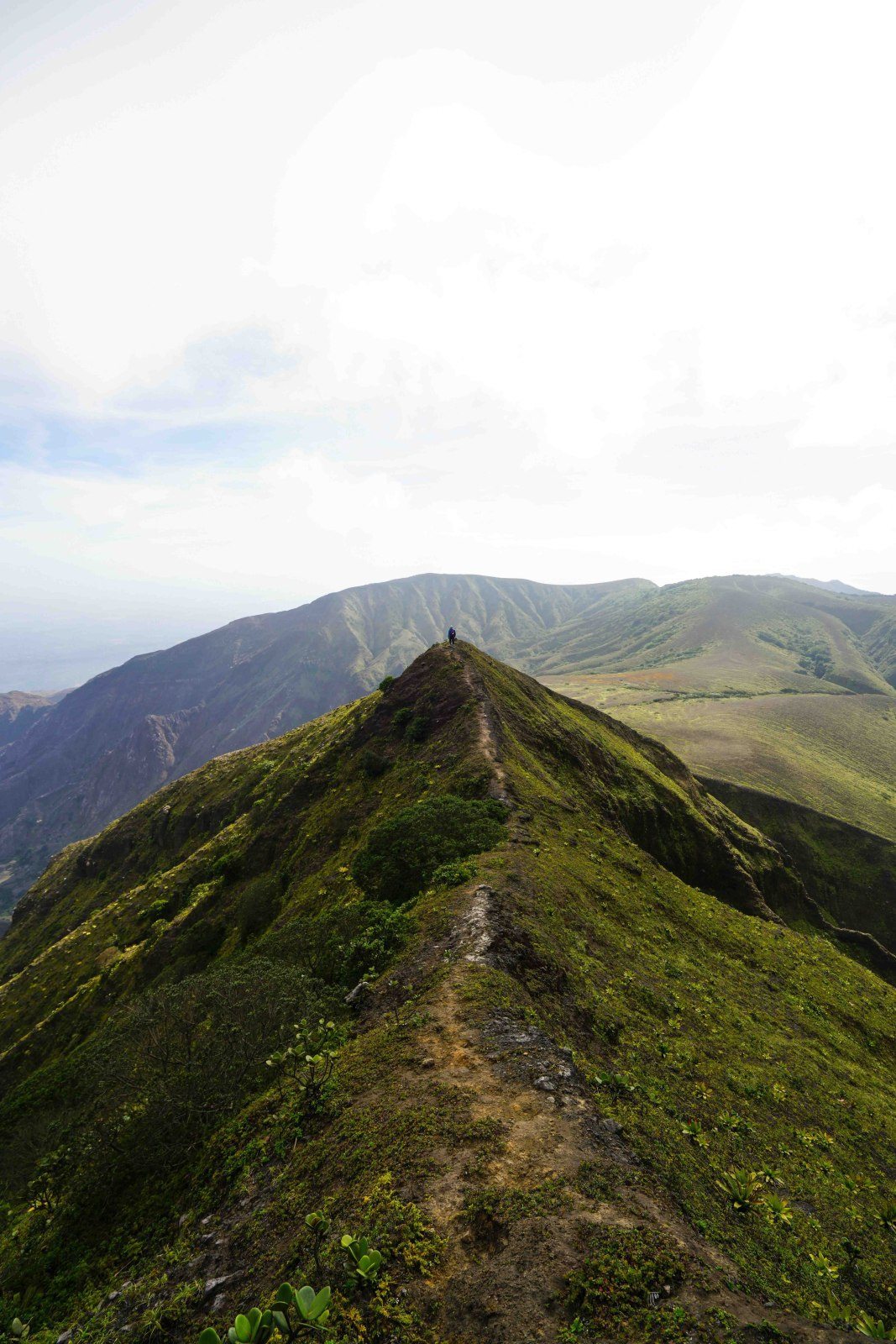
With a flashlight in hand, water in our backpack, a walking stick (if you don’t have one, don’t worry. You will find some there available to the public) and a snack, we started the adventure.
You have to climb the first kilometer in order to reach the peak of the mountain. From there, it’s another three-kilometer walk to the base of the peak.
It took us about 40 minutes to complete the first part. It’s of moderate intensity, so it’s not impossible to climb, but you do have to remind yourself several times that the best is yet to come so as not to desist.
On our way up, the sky started to clear up and we began seeing signs of spectacular scenery.
We saw the sunrise from a first hill that caught our attention. From then on, everything was magic. The sunrise was right in front of us; to one side, off in the distance, the Tilarán wind turbines; and at our backs, green hills and plains that extend for what seems like an eternity.
The path to the peak is up and down. We reached a crossing that told us we were close: Peak to the right and “Oasis,” the end of the route, to the left.
Going left towards Oasis takes you to three waterfalls and a pond. It has a small cabin for those seeking a more intense adventure and wish to reserve it for camping at a cost of ¢2,000 colons ($3.60) per person.
We reached the final peak. Cerro Pelado was right in front of us. Here, the view inspires deep breaths, one after another, as you feel miniscule before the vastness.
“A photo doesn’t capture what you feel here,” one of the hikers tells me. “Wherever you look, it looks like a painting.”
There, you must decide if you want to stay and contemplate the view or if you want a trip filled with more adrenaline. Reaching the highest point requires dexterity, extra effort and ideal weather conditions. This time of year (September) the wind is moderate and allows for a climb to the summit.
Transformative Plans
Wilber Barrantes owns one of the properties on the land where Cerro Pelado sits. Upon finishing our trip, he tells us that his grandparents were the first owners of the land.
Ten years ago (in 2007) he began planning to buy the adjacent lots, adding them to the land he already had. Among them is the property where the parking lot is and the official entrance to the peak, along with other properties that have several channels and water sources.
“After that we built the path and the track to the peak. It took us about three years and that was when people started hearing about it on the Internet, Barrentes said.
Now, he receives as many as 200 visitors in a weekend and it has encouraged him to develop an agrotourism project in the medium and long term.
He has already started working towards this goal. There are three bathrooms and a rustic camping area at the entrance. He has a space for raising sheep, rabbits and chickens and he offers 4X4s to drive to the edge of the peak.
He hopes to complete the project in the future with a cafeteria and more spaces for camping along the way to the peak.
To achieve his goal, Barrantes uses the extra money he collects watching over visitors’ cars for ¢3,000 ($5.35) per vehicle and from renting out the camping spaces. There is no entry fee.
“The property is private but people can come. As a child I didn’t like when I wanted to go to a pool and I couldn’t because they wanted to charge me to enter,” he said. “The peak has become famous and the demand is pressuring me to improve the services.”
What do you need to know:
Take:
-
Shoes for hiking
-
Enough water
-
Snack
-
Bug repellant and sunblock
-
Walking stick (optional)
Rates:
-
Entry: no cost
-
Parking:¢3,000 ($5.35) per vehicle
Other things to consider:
-
Accessibility: Any type of vehicle in dry season. In rainy season a vehicle with higher ground clearance is recommended.
-
Hike difficulty: Moderate
Contact: Wilbert Barrantes
Telephone: 8838-3645
Get there with Waze


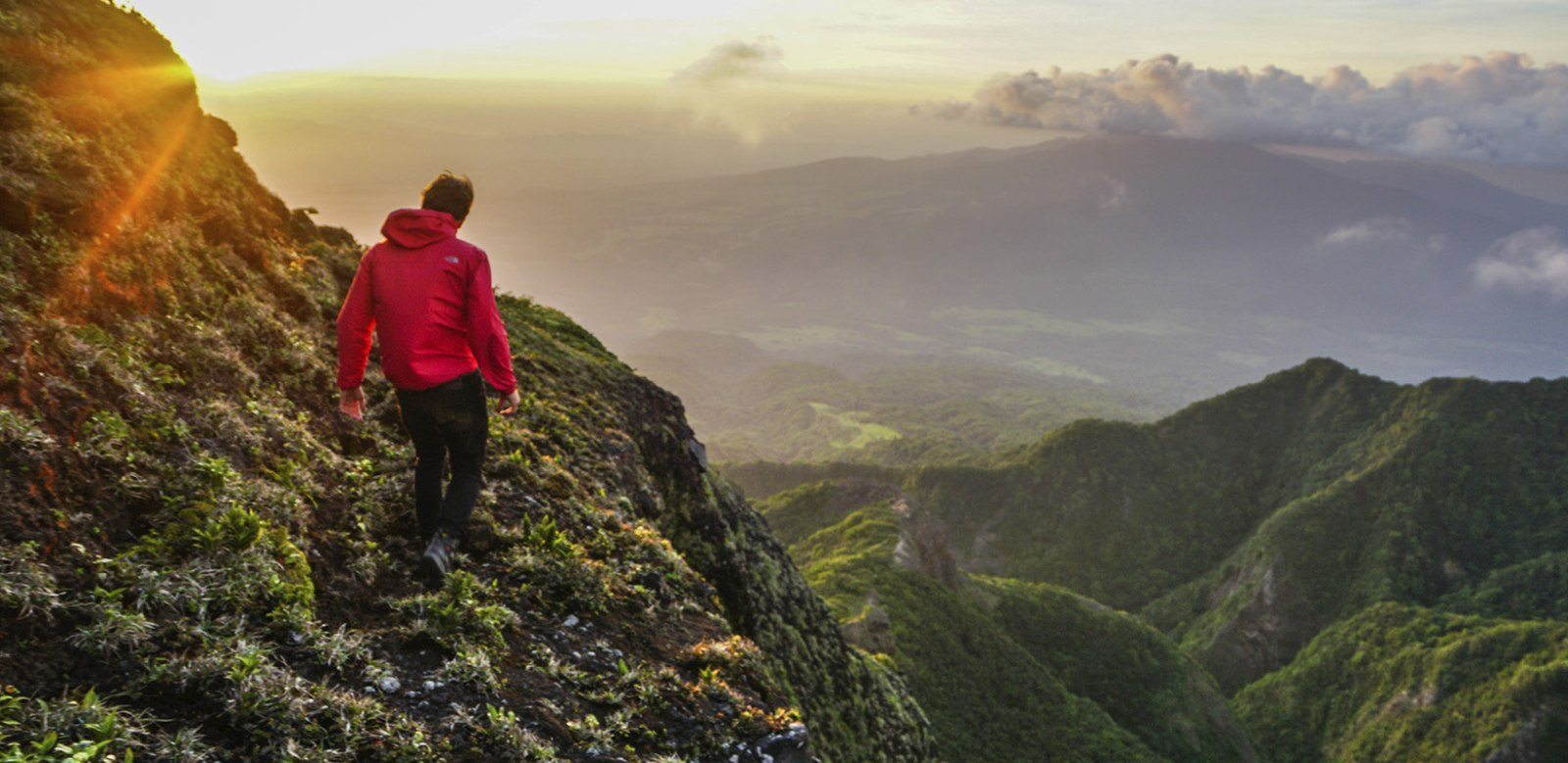
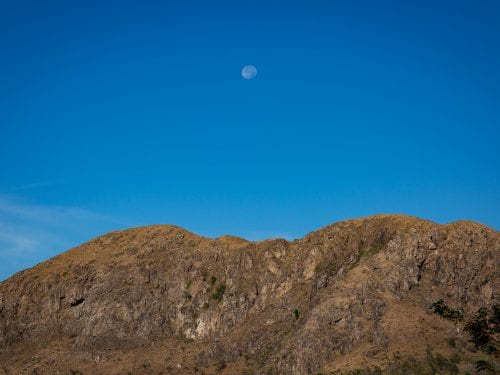
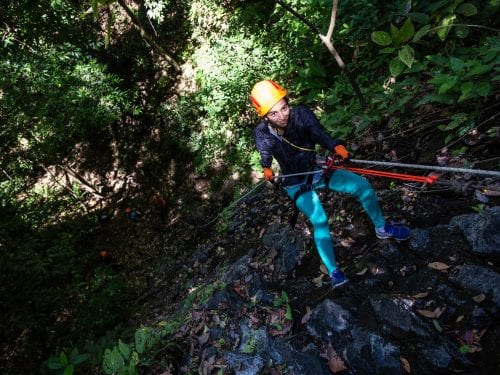
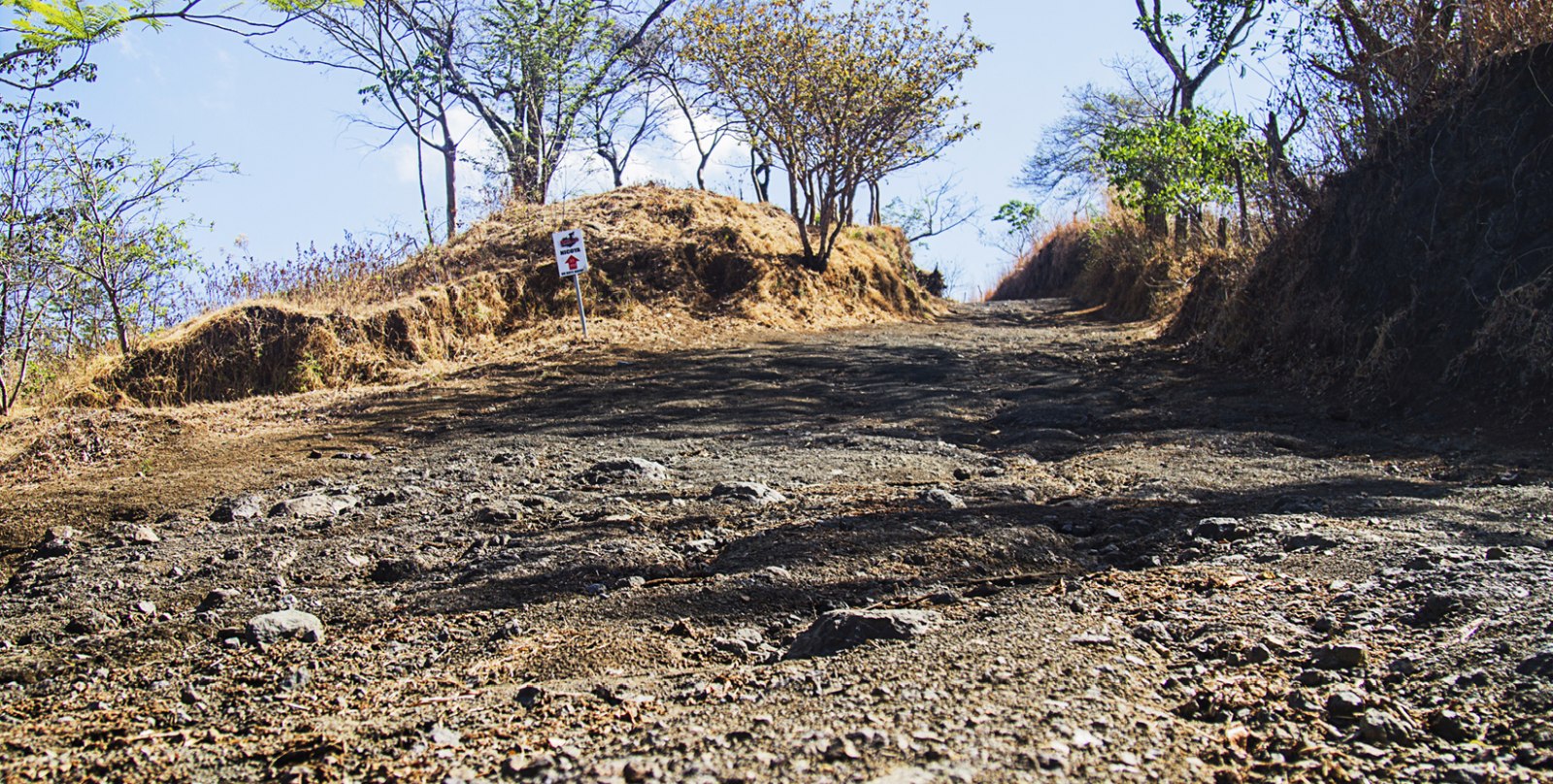

Comments